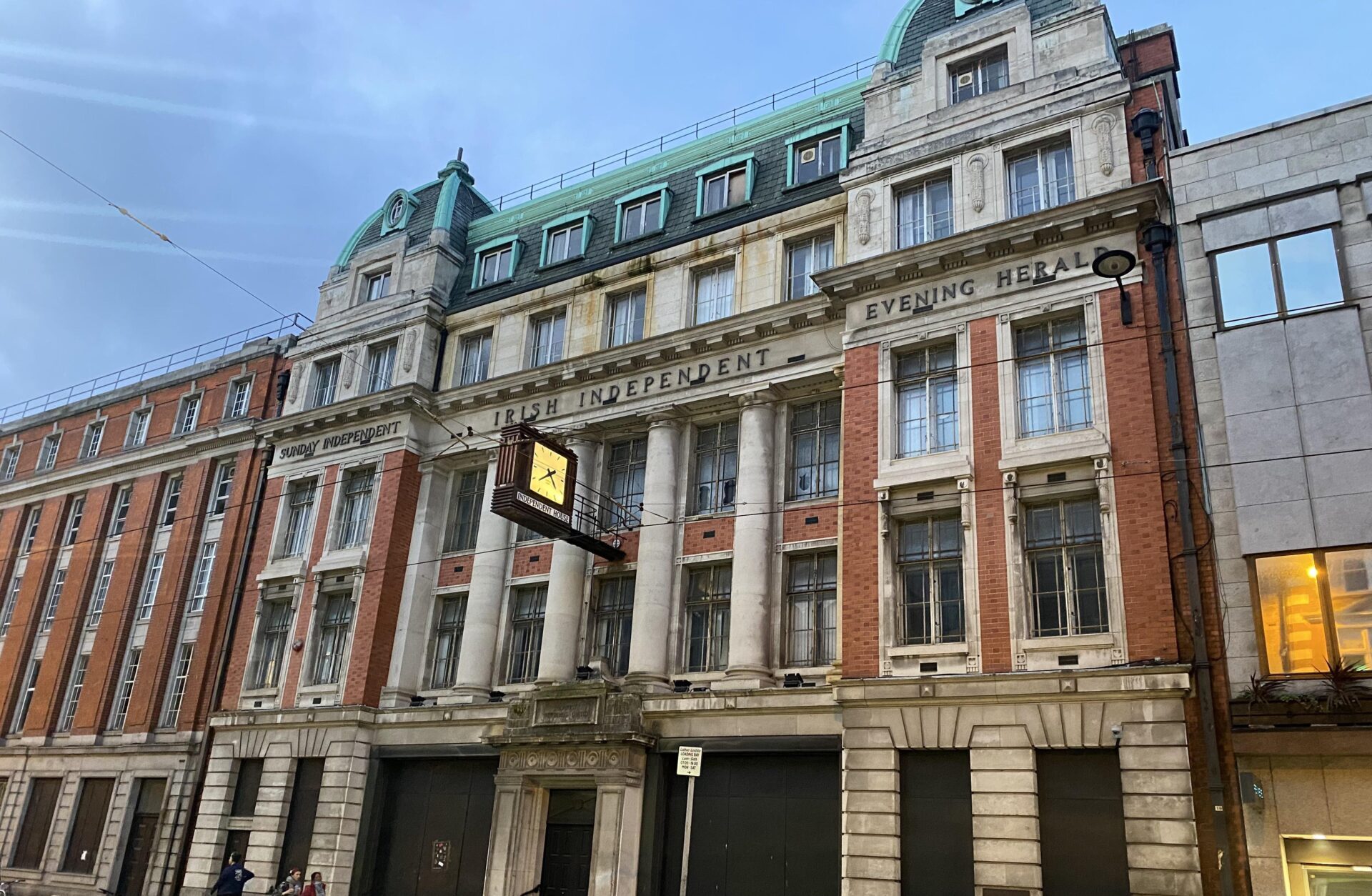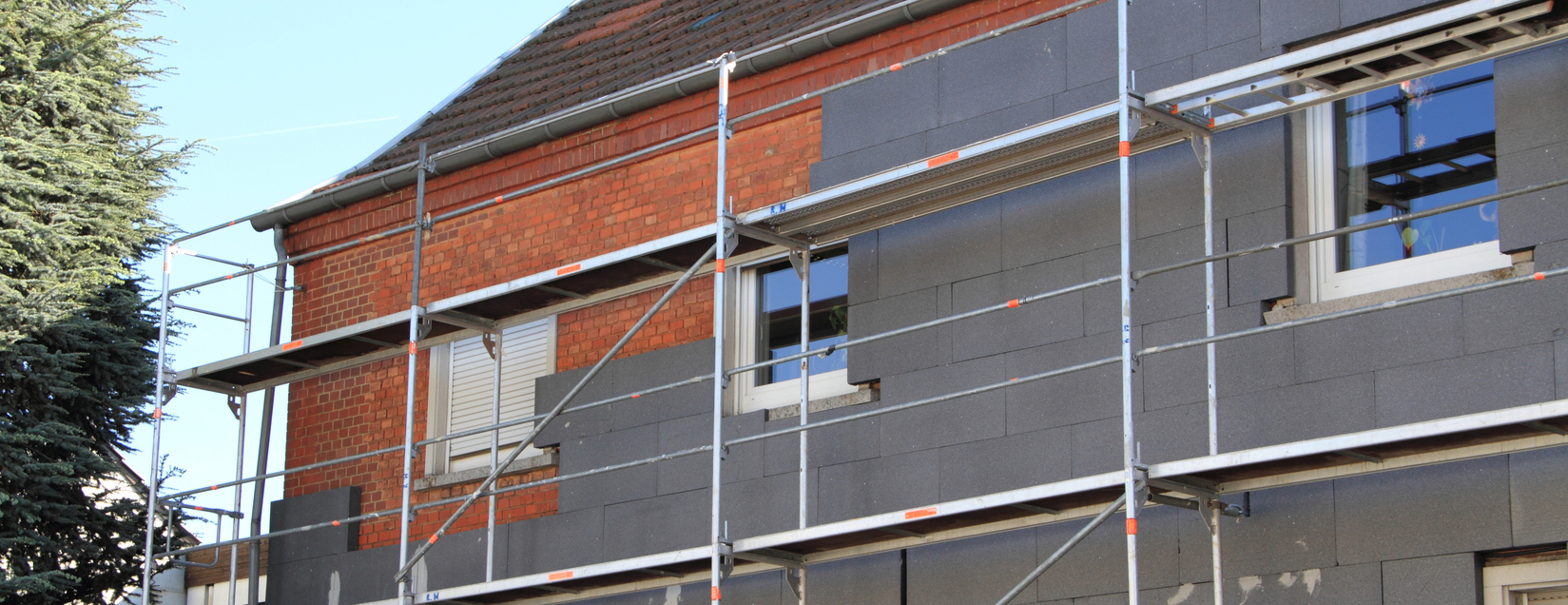Despite an estate weighing in at 6.9 million hectares, the NHS land portfolio is used poorly. Hospitals and services are creaking while staff often struggle to find affordable homes nearby. Most NHS workers spend close to 50% of take-home pay on housing.
The 2017 Naylor Report advocated selling NHS land to deliver 26,000 homes to fund regeneration. The problem was much of this land was ill situated for private sector led major housing development and held in complicated NHS Trust ownership.
But where trusts have large but poorly utilised estates, an opportunity exists to use this to help address the lack of housing for NHS staff.
The private sector can build key worker accommodation at affordable rents and receive a long-dated income stream in return. This can be done in deals which also see other care facilities replaced or paid for.
It’s difficult but it would not require primary legislation, rather dry technical changes to allow 10-year income frameworks to be drawn up. With Trusts backing them, these would be snapped up by institutional investors looking for stable income streams.
This kind of long-term thinking is not without precedent. Many hospitals built accommodation for key workers in the 1960s and 70s which has since fallen into decline. Universities have been outsourcing purpose-built student accommodation for years. TfL has spent the last 10 years developing its partnership model and is now, instead of “flogging the family silver”, delivering dozens of sites across a variety of housing tenures – not to mention its monster BTR development with Delancey at Earl’s Court.
What will happen?
The Covid pandemic and the recent pressure on NHS hospitals has shown a serious need to rethink the way we use real estate to help the health service, with growing enthusiasm for new private sector partnerships. Due to the downturn the NHS is in a better position to negotiate contracts as investors scramble for a-cyclical assets.
Key worker housing will perhaps not arrive this year, but it is a genuinely responsible way to use land holdings to help key workers and shore up ailing finances. Other types of partnership and development could emerge.
This would sit well with a possible future Labour government, which has said repeatedly that it wants to see more social housing built around the country but knows the private sector is needed to help finance that.
Most importantly, it would also help an NHS that needs to think seriously about modernisation and how to pay for that. Covid and now the cost-of-living crisis have put an incredible strain on the NHS which could be aided by real estate – and housing is not the only opportunity.
The a-cyclical characteristics of healthcare as an asset class mean there is a real opportunity to attract investor partnerships during a downturn. Housing is one such chance, but what about medical offices and new types of clinics for primary care?
For example, there is (once again) interest in the development of primary care teams facilities that include community and social care staff. The “polyclinic” model would use real estate in a more flexible way to support care, reduce pressure on GPs and unnecessary hospital visits. Real estate investors would pay for the development of these clinics with the guaranteed income that comes from them, while the NHS would benefit from better facilities enabling more efficient services.



